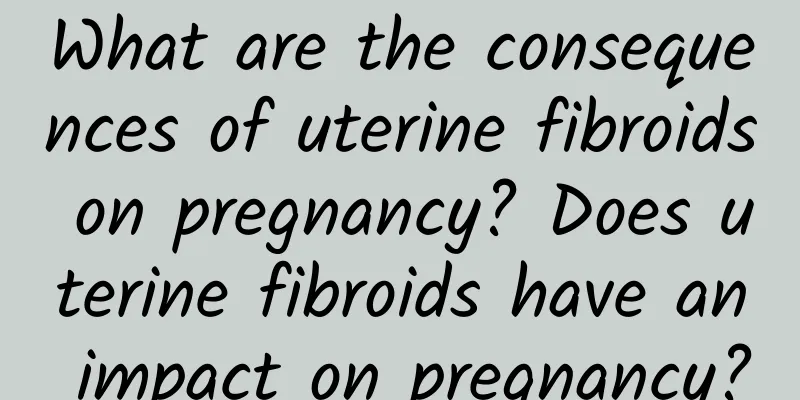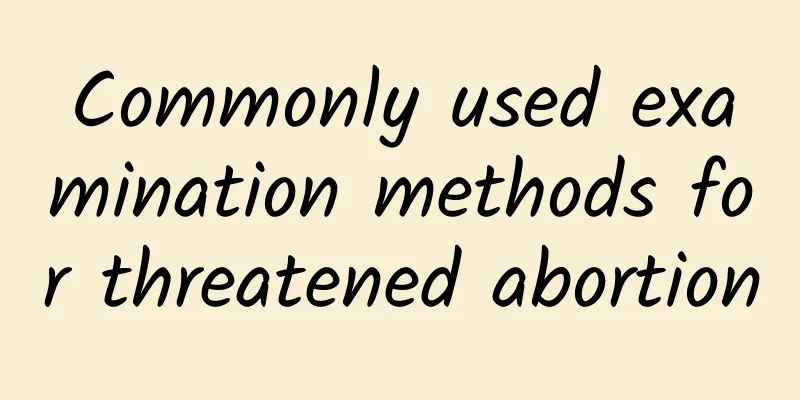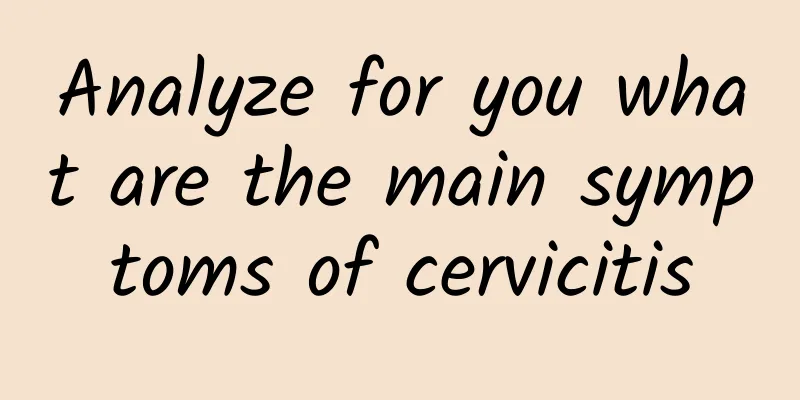Postmenopausal endometrial cancer screening

|
Endometrial cancer, also known as uterine body cancer, refers to a malignant tumor that originates in the endometrium. Based on its dependence on hormones, endometrial cancer can be divided into type I and type II endometrial cancer. Type I cancer includes endometrioid adenocarcinoma and mucinous adenocarcinoma, and type II cancer includes clear cell carcinoma and serous carcinoma. After menopause, women's ovarian function declines and eventually fails. As estrogen levels gradually decrease, immune function declines, leading to an increase in the incidence of endometrial cancer. So, what is the examination for postmenopausal endometrial cancer? There are three common methods for detecting endometrial cancer. 1. B-ultrasound examination Uterine ultrasound examination is of certain significance in the diagnosis of endometrial cancer in terms of uterine cavity size, location, degree of myometrial invasion, whether the tumor has penetrated the uterine serosa or whether it has involved the cervical canal, etc., and its diagnostic compliance rate is 79.3% to 81.82%. It has been reported that the accuracy of ultrasound examination of patients over 45 years old, compared with hysteroscopy and biopsy, is about 87%. In addition, Xie Yanggui et al. performed ultrasound examinations according to the UICC staging method. According to the tumor site, muscle invasion, parauterine and adjacent organ involvement, and compared with surgical exploration and pathology, the staging consistency rate reached 92.9%. B-ultrasound is a non-invasive and non-radioactive examination for patients, so it is one of the routine examinations for endometrial cancer. It is especially valuable in understanding myometrial invasion and clinical staging. 2. Hysteroscopy: Due to the application of fiber light sources and the improvement of uterine distension agents, this technology, which has long been stagnant, has developed again in recent years. CO2 gas expands the uterus, providing a clear field of vision. It is safe to use with a flow meter. Hysteroscopy can not only observe the uterine cavity, but also the cervical canal, especially the microscopic uterine cavity, and the cervical canal, especially the use of microhysteroscopy, which can make the observation more detailed. The contact hysteroscope developed in recent years does not require expansion of the uterus, making the examination easier and safer. Hysteroscopy can be used to observe the location, size, and boundaries of the tumor, whether it is localized or diffuse, whether it is exophytic or endophytic, and whether the cervical canal is involved. Biopsy of suspicious lesions can help find smaller or early lesions. The accuracy of hysteroscopy in diagnosing endometrial cancer is 94%, and that of endometrial epithelial tumors is 92%. If direct biopsy is used, the accuracy rate is 100%. During microscopic examination, be careful to prevent complications such as bleeding, infection, and perforation. 3. Diagnostic curettage and scraping is an indispensable method for diagnosis. It is not only necessary to determine whether it is cancer, but also the location of the cancer. If cervical adenocarcinoma is misdiagnosed as endometrial cancer and treated with general hysterectomy, it is obviously inappropriate; if endometrial cancer is misdiagnosed as cervical adenocarcinoma, it is also inappropriate. However, microscopic examination cannot distinguish between cervical adenocarcinoma and endometrial cancer. Therefore, segmented curettage is required. First, use a small curette to scrape the tissue inside the cervical canal, then enter the uterine cavity to scrape the tissue of the two sides of the uterine horns and the anterior and posterior walls of the uterine body, and bottle them separately and mark them for pathological examination. If there is resistance when the inner opening is injured, the cervix can be slightly dilated to No. 5. Segmental curettage often goes a little too deep when scraping the cervical canal, mistaking the contents of the uterine cavity for cervical canal cancer; or endometrial cancer descends into the cervical canal, mistaking it for cervical canal cancer or endometrial cancer involving the cervical canal; or the original cervical canal cancer has too much cancer tissue, and when the small curette enters the uterine cavity, it brings in a little cervical cancer tissue and mistaking it for cervical cancer to have reached the uterine cavity. All these situations indicate that the lesions are already in a late stage, and they should be treated according to the scope of cervical cancer surgery. |
<<: What misunderstandings should be avoided during menopause examinations
>>: What tests should be done for postmenopausal bleeding
Recommend
What is the reason for not having menstruation?
Missed menstruation may be caused by a variety of...
Can Bartholinitis Affect Life Expectancy?
As the diseases around us continue to increase, w...
Is it normal for vaginal discharge to be a little light brown? It may be physiological
The change in the color of a woman's vaginal ...
It is rumored online that bananas and dragon fruits can prevent cancer. Is it true or not? Nutrition professor: There is no magic formula to fight cancer, you need to mix and match fruits
There is such a saying! It is widely rumored that...
How to treat infertility caused by hyperprolactinemia
There are many reasons for hyperprolactinemia, bu...
Is it necessary to remove the uterus for uterine fibroid surgery? What are the harms to the human body after removing the uterus?
Uterine fibroids are considered to be no stranger...
How to treat bacterial vaginosis effectively
How to treat bacterial vaginosis? The so-called b...
What kind of harm does pelvic inflammatory disease usually cause?
Pelvic inflammatory disease is also a gynecologic...
Dry noodles vs. soup noodles, which one has the highest calories? The fattening killer of pasta is…
Eating noodles can easily make people feel good. ...
Three main treatments for cervical erosion
Cervical erosion is a common gynecological diseas...
Do you know how to treat ectopic pregnancy?
Ectopic pregnancy has a great impact on women and...
Does ovarian cyst cause abdominal pain? What are the clinical symptoms?
Will ovarian cysts cause abdominal pain? What are...
Is there a difference between cervical erosion and pelvic inflammatory disease?
Is there a difference between cervical erosion an...
What is the recurrence rate of cervical warts?
Cervical warts are a sexually transmitted disease...
What are the symptoms of ovulation bleeding?
What are the symptoms of ovulation bleeding? Wome...









